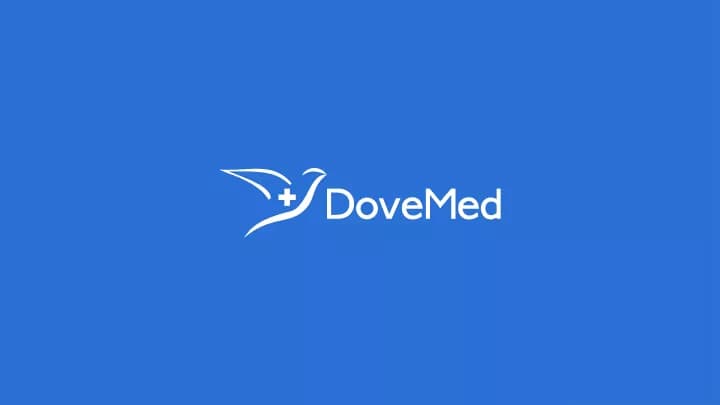Introduction:
An octreotide scan is a diagnostic imaging procedure that utilizes a radiopharmaceutical called octreotide to visualize and detect certain conditions in the body. This comprehensive article provides an in-depth understanding of octreotide scans, including their purpose, the procedure involved, interpretation of results, and important considerations. By exploring these aspects, individuals can gain a thorough understanding of octreotide scans and their role in diagnosing and managing various medical conditions.
Purpose of Octreotide Scan:
Octreotide scans serve multiple purposes in the evaluation of various conditions, including:
- Neuroendocrine Tumors: Octreotide scans are particularly useful in identifying and localizing neuroendocrine tumors, such as carcinoid tumors, pancreatic neuroendocrine tumors, and gastrointestinal neuroendocrine tumors.
- Metastatic Disease: Octreotide scans can help determine the presence and extent of metastases in neuroendocrine tumors, aiding in staging and treatment planning.
- Monitoring Treatment Response: Octreotide scans may be performed at regular intervals to assess the response to treatment in individuals with neuroendocrine tumors, allowing adjustments in therapy if necessary.
Procedure:
The octreotide scan procedure involves several key steps:
- Octreotide Administration: A small amount of octreotide, a synthetic hormone similar to somatostatin, is injected intravenously.
- Radiopharmaceutical Distribution: After administration, octreotide travels through the bloodstream, attaching to receptors in target tissues or tumors.
- Imaging Acquisition: The individual undergoes a series of imaging scans, typically using a gamma camera or positron emission tomography (PET) scanner, to capture the distribution of the radiopharmaceutical in different areas of the body.
- Additional Imaging Modalities: In some cases, additional imaging techniques such as computed tomography (CT) or magnetic resonance imaging (MRI) may be used in conjunction with octreotide scans for improved localization and characterization of lesions.
Interpretation of Octreotide Scan:
Interpreting the results of an octreotide scan involves a thorough analysis of the distribution and intensity of radiopharmaceutical uptake. Findings may include:
- Focal Areas of Uptake: These indicate the presence of neuroendocrine tumor lesions and aid in their localization.
- Metastatic Involvement: Increased radiopharmaceutical uptake in organs such as the liver, lymph nodes, or bone may suggest neuroendocrine tumor metastases.
- Treatment Response Assessment: Serial octreotide scans allow healthcare professionals to evaluate changes in radiopharmaceutical uptake over time, providing insights into the response to treatment.
Limitations and Considerations:
While octreotide scans are valuable diagnostic tools, it is important to be aware of their limitations and considerations:
- False Negatives: Octreotide scans may not detect small or poorly differentiated neuroendocrine tumors, especially those with low somatostatin receptor expression.
- False Positives: Some non-tumor conditions, such as inflammation or certain benign lesions, can exhibit radiopharmaceutical uptake, potentially leading to false-positive results.
- Radiation Exposure: Octreotide scans involve exposure to radiation, but the benefits of the procedure usually outweigh the potential risks. Precautions are taken to minimize radiation exposure.
Conclusion:
Octreotide scans play a crucial role in the evaluation and management of neuroendocrine tumors and metastatic disease. By utilizing the radiopharmaceutical octreotide and performing imaging scans, healthcare professionals can detect and localize tumor lesions, assess metastatic involvement, and monitor treatment response. Understanding the purpose, procedure, interpretation of results, and important considerations associated with octreotide scans empowers individuals and healthcare providers to make informed decisions regarding diagnosis and treatment.
Hashtags: #OctreotideScan #NeuroendocrineTumors #MetastaticDisease #ImagingProcedure #Radiopharmaceutical #ProcedureSteps #Interpretation #Limitations #Considerations
Related Articles
Test Your Knowledge
Asked by users
Related Centers
Related Specialties
Related Physicians
Related Procedures
Related Resources
Join DoveHubs
and connect with fellow professionals





0 Comments
Please log in to post a comment.